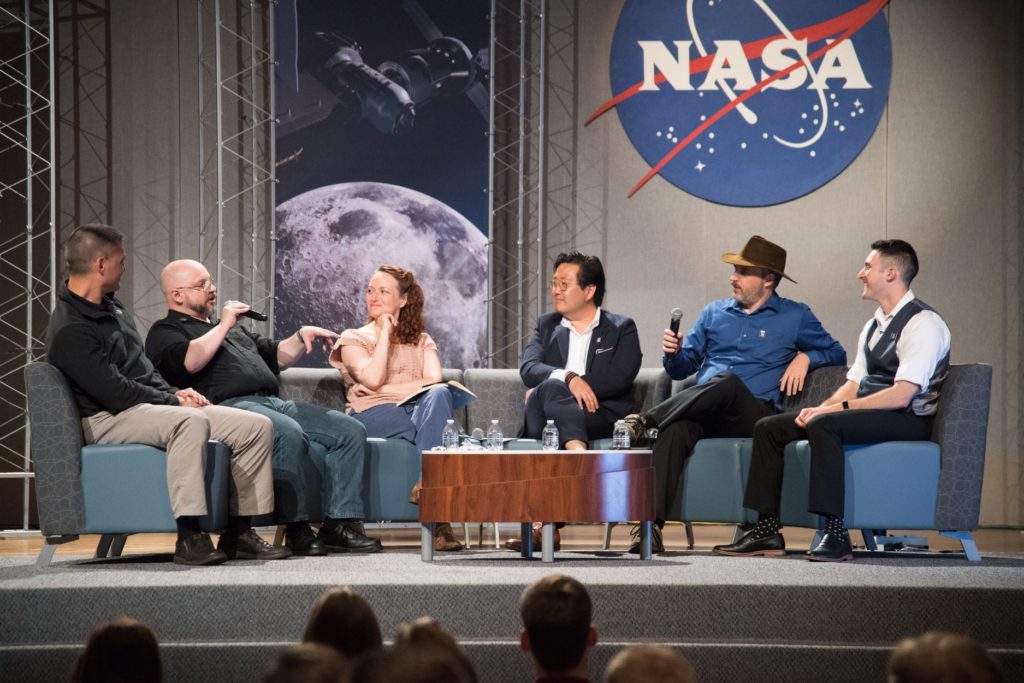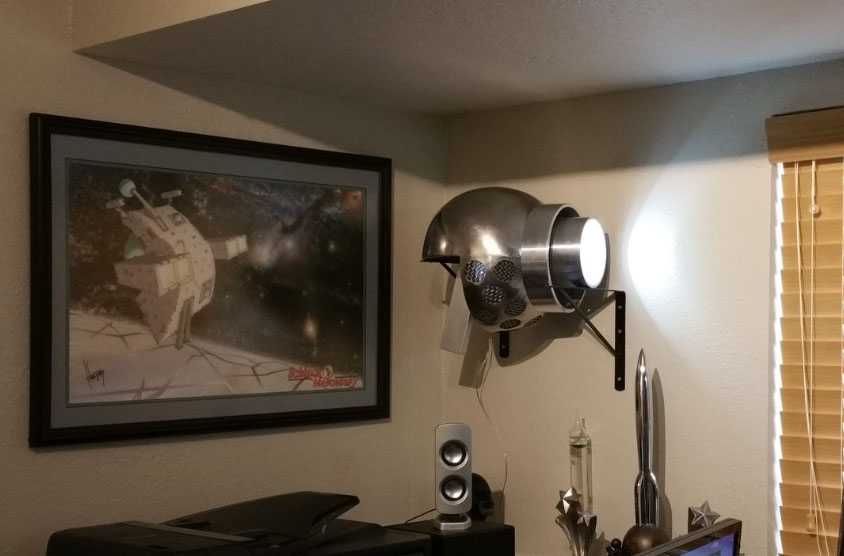Today is Thanksgiving here in the US, a holiday one might describe as a celebration of plenty through ritualistic overconsumption. In that light I’d be sending the wrong message if I said that every day is Thanksgiving at my house.
Less cynically, Thanksgiving is an expression of gratitude through ceremonial indulgence, but okay, that’s not less-cynically enough, so I’m going to back all the way out of that and try an approach that doesn’t have quite so much stuffing in the mostly-metaphorical poultry carcass.
Here in our home we are aware, every day, of the blessings that you, our readers, patrons and friends, provide for us. We say “thank you” so much that we worry the meaning may have bled out of those words. We don’t want them to sound rote, but we can’t not keep saying them.
We just closed a Kickstarter which bears witness in a numerical way of the support for which we’re thankful. With every update to that project we expressed thanks, and every time we did so we had the aforementioned concern that maybe we were saying it too much, or incorrectly.
Those are risks we’ll take, because the alternative—not saying thank you at all—simply will not do.
Thank you! Yes, we DO think this every day, and we say it as often as occasion permits. Today we’ll be overeating and relaxing with extended family, and the only work I’ll do is this blog post, and it just now occurred to me that I cannot recall many instances in my previous career in which the public expression of sincere thanks was part of the job.
So thank you for putting me to work in a field where gratitude is a required part of the mind set. It feels good to be grateful, and better to say it.

